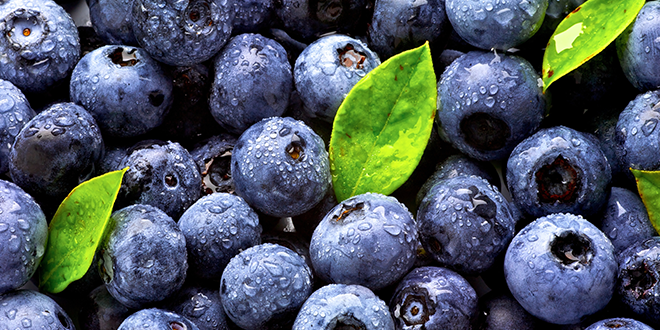

Jun 28, 2018Export Blues: North American growers face challenges in European market
North American blueberry growers will have to try new techniques and meet the highest quality standards if they hope to expand to Europe.
Internationally, Europe is an expanding market for blueberries, and North American supplies are growing, but there are hurdles to moving product into those markets.
“They have some very strict quality standards,” said Cort Brazelton, director of global business development at Oregon-based Fall Creek Farm & Nursery. “Europe’s a bit more selective.”
There is no tolerance for chemical residue, and other growing requirements in European countries are akin to the standards of the USDA organic program, he added. Retailers not only demand berries with high-quality size, firmness, color and flavor, but often will accept only certain blueberry varieties, and in some cases prefer brands selling proprietary varieties.
Altogether, “those requirements are often too high to jump over,” he said, for many North American growers.
American blueberry growers have concentrated on domestic sales more than exports, University of California Davis professor Roberta Cook said in a December 2017, presentation at the New York Produce Show Global Symposium. European retailers are interested in U.S. blueberries, but at the same time are developing supply chains closer to home.

“Production of blueberries is increasing throughout Europe to meet local summer demand. Spain is the leader in supplying the European market and along with Portugal is developing production for the spring market,” Cornell’s Kristen S. Park wrote in an April Smart Marketing newsletter about Cook’s research. “In addition, low-chill and no-chill varieties bring warmer areas into production, including Morocco. South Africa has started to increase production for the EU fall window. Cook predicts the Northern Hemisphere’s fall window will see rapid growth in global supply and market share battles.”
Roughly 90 percent of European production goes to the fresh market, Brazelton said.
Over the last four years, Brazelton has spent 18 months living in Europe, as a part of Fall Creek’s business there – he said it’s become a “better company” for learning from European techniques. European blueberry growers work hard to meet the quality and food safety standards.
“They don’t spend their time being victims,” he said.
Many of the blueberries are grown under tunnels, which eliminates the spectrum of light that fungi need to grow, and thus eliminates the need for fungicide spray. Bushes are rooted in substrate and fed hydroponically. Hydroponic operations allow growers to make the most of the limited land and water resources they have.
Brazelton said he sees an opportunity for high-quality North American frozen blueberries to be marketed in Europe. Many consumers in the continent have freezer space now, he said. Although Europeans don’t consume as many as prepackaged or highly-processed frozen meals as Americans, they may be more open to buying frozen blueberries as ingredients for cooking.


“What got us here,” he said, “won’t get us there.”
– Stephen Kloosterman, FGN Assistant Editor















